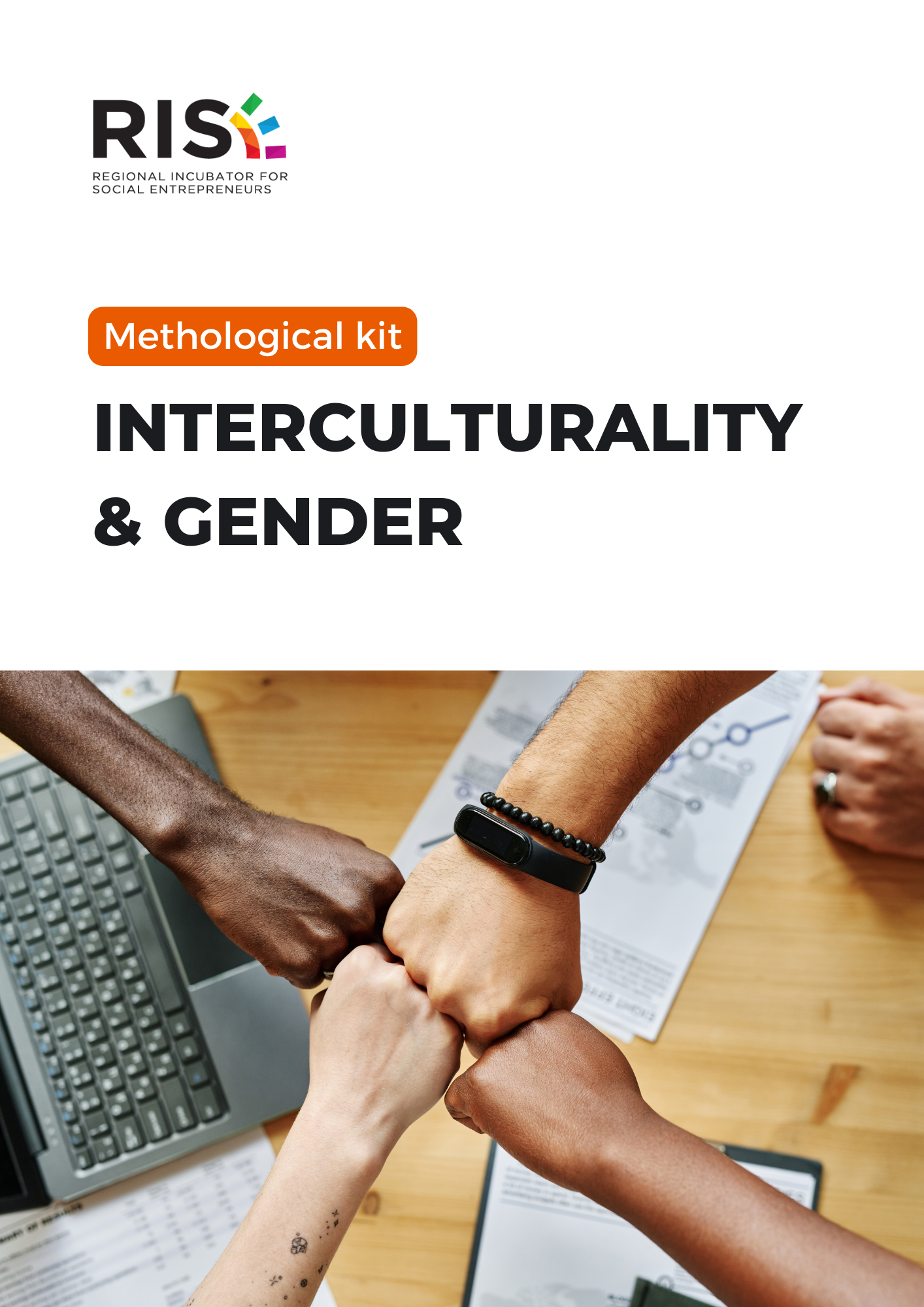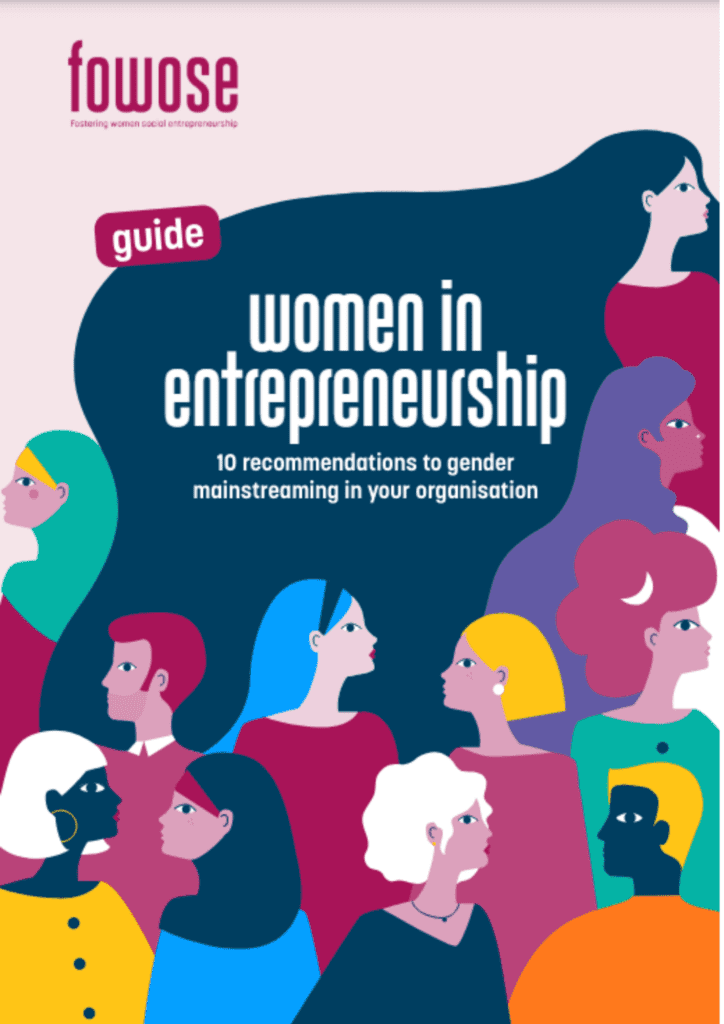- Home
- All Courses
- Social Entrepreneurship
- Empower for Good – A Social Entrepreneur’s Guide
Lesson – Interculturality & Gender
EPISODE 4: Interculturality and gender
Introduction
Did you know that intercultural education belongs to the four vital learning skills of the 21st century? Known as the “four Cs” this term include critical thinking, communication, collaboration, and creativity.
The world of today is multicultural and interconnected. Culture-to-culture exchanges are becoming increasingly widespread thanks to technology. Therefore, understanding the nuances of culture is essential, as several terms frequently come up in discussions surrounding this topic.
Cultural knowledge, cultural awareness, cultural sensitivity, and cultural competence. What is the difference between them? Here we will briefly explain.
1. “Cultural knowledge” means that you know about some cultural characteristics, history, values, beliefs, and behaviors of another ethnic or cultural group.
2. “Cultural awareness” is the next stage of understanding other groups – being open to the idea of changing cultural attitudes.
3. “Cultural sensitivity” is knowing that differences exist between cultures, but not assigning values to the differences (better or worse, right or wrong). Clashes on this point can easily occur. At this stage, the conflict won’t always be easy to manage, but it can be made easier if everyone involved in the discussion is mindful.
4. “Cultural competence” brings together the previous stages. A culturally competent individual has the capacity to bring into their system many different behaviors, and attitudes and work effectively in cross-cultural settings. What this means is that a culturally competent person encompasses a range of abilities, including cultural sensitivity, adaptability, empathy, and effective communication.
Gender
On the other hand, society’s expectations of how we should behave, speak, dress, groom, and conduct ourselves are known as gender roles. Traditional gender roles are connected to masculinity and femininity. For example, girls and women are frequently expected to behave politely, be accommodating, and be nurturing. Men are typically supposed to be powerful, combative, and brave. This oversimplified idea in society’s culture is based on stereotypes that are widely spread through media, literature, working place, etc. Therefore, gender stereotypes can result in uneven and unfair treatment of individuals based on their gender. It’s called misogyny or sexism.
Here we will observe four basic kinds of gender stereotypes:
Personality traits (Men are typically expected to be self-assured and forceful, whilst women are frequently expected to be understanding and emotional)
Domestic behaviors (Some people assume that while men take care of the finances, work on the automobile, and do home maintenance, women will look after the kids, cook, and clean the house)
Occupations (Some people jump to the conclusion that teachers and nurses are female, whereas men are more likely to be pilots, doctors, and engineers)
Physical appearance (Men are supposed to be tall and muscular, whilst women are supposed to be thin and graceful. Both men and women are required to present themselves in ways that are stereotypical for their gender (women are supposed to wear dresses and makeup, while males are expected to wear slacks and short hairstyles).
Promoting
As social entrepreneurs, it’s important to be aware of how culture and gender can impact our work. So how can we promote interculturality and gender equality in social entrepreneurship? One way is to educate ourselves on different cultures and gender issues. Researching and understanding cultural differences can help us avoid misunderstandings and build stronger relationships.
(graph; benefits of intercultural learning)
Conclusion
Ultimately, social entrepreneurship is about creating positive change in the world. By engaging in intercultural learning, individuals and communities can break down barriers, challenge stereotypes, and develop a deep appreciation for the richness of cultural heritage across the globe.
By promoting interculturality and gender equality, we can create a more inclusive and diverse community of social entrepreneurs and make a greater impact in solving social and environmental problems.
Thank you for watching, and let’s work together to promote interculturality and gender equality in social entrepreneurship.



